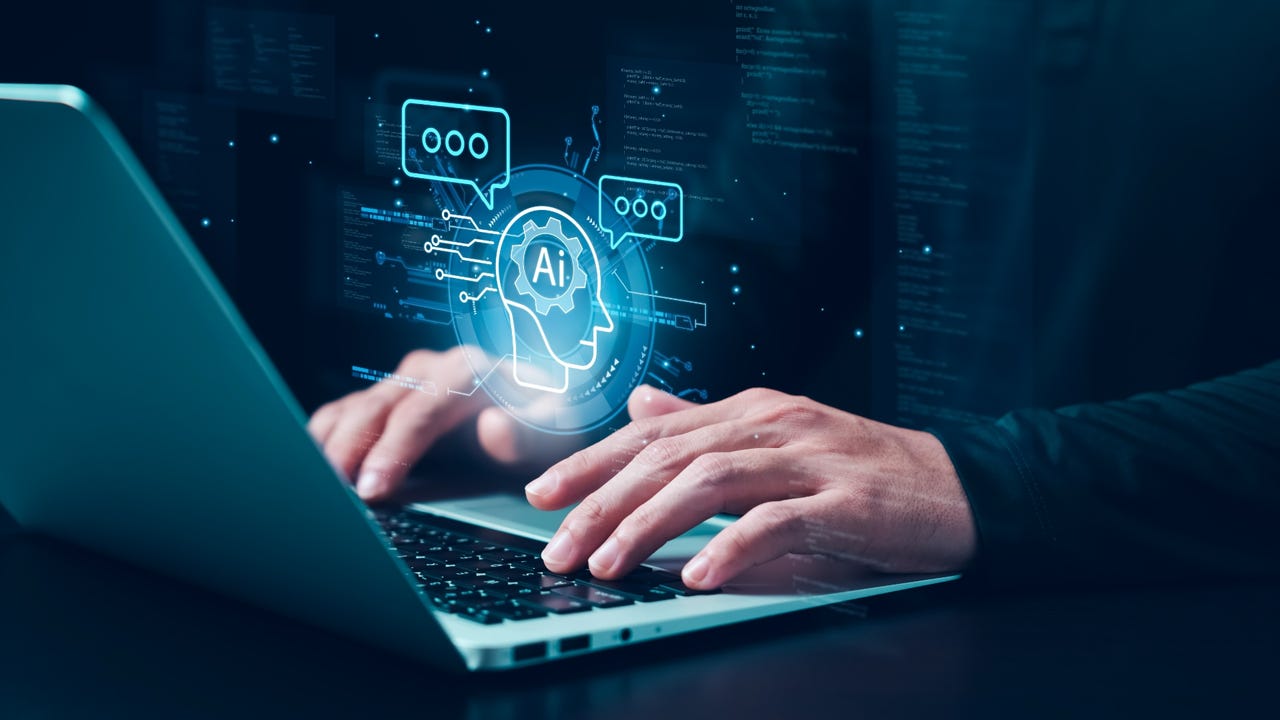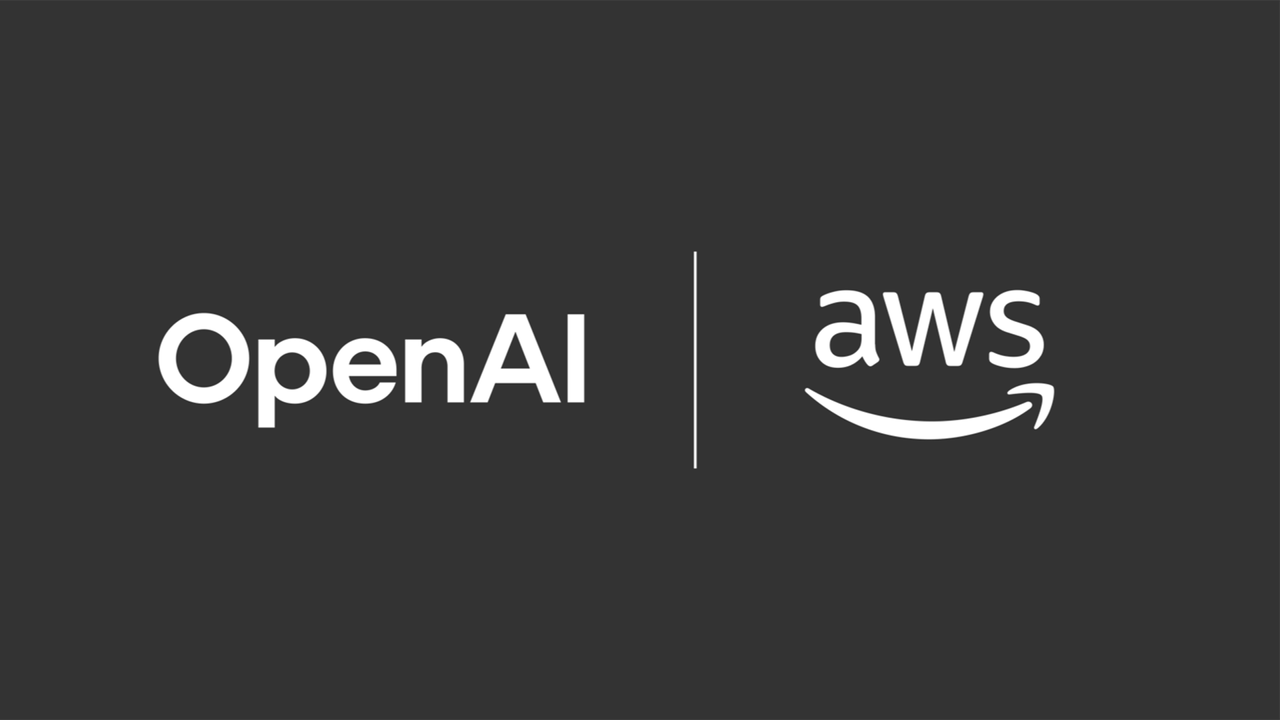open source AI models vs commercial solutions
Open Source AI Models vs Commercial Solutions: A Senior Analyst’s Perspective
Gain actionable insights into the evolving landscape of open source and commercial AI models, with data-driven analysis and real-world deployment guidance for enterprise leaders.
Market Overview
The AI model ecosystem in 2025 is defined by rapid innovation, with both open source and commercial solutions playing pivotal roles. Open source models—such as Llama 3 (Meta), Mistral, and Falcon—have seen widespread adoption, with Llama 3-70B and Mistral 8x22B among the most downloaded on Hugging Face as of Q2 2025. Commercial offerings from OpenAI (GPT-4o), Google (Gemini 1.5), and Anthropic (Claude 3) continue to dominate enterprise deployments, offering robust APIs and managed infrastructure.
According to Gartner’s 2025 AI Market Trends, over 60% of Fortune 500 companies now use a mix of open source and commercial AI, reflecting a shift toward hybrid strategies. The open source community’s collaborative development accelerates innovation, while commercial vendors focus on reliability, compliance, and enterprise support.
Key trends include increased demand for customization, data privacy, and regulatory compliance, especially in finance, healthcare, and legal sectors. The total cost of ownership (TCO) and time-to-value remain central decision factors for technology leaders.
Technical Analysis
Open source AI models provide full access to source code and model weights, enabling deep customization, fine-tuning, and on-premise deployment. For example, Llama 3-70B can be fine-tuned for domain-specific tasks using frameworks like Hugging Face Transformers or PyTorch. This flexibility supports advanced use cases—such as custom document summarization or industry-specific chatbots—but requires significant in-house expertise for model training, optimization, and security hardening.
Benchmarks show that top open source models (e.g., Llama 3-70B, Mistral 8x22B) approach or match the performance of commercial models on many language understanding tasks, though commercial models like GPT-4o and Gemini 1.5 still lead in complex reasoning and multilingual benchmarks.
Commercial AI solutions offer managed APIs, enterprise-grade SLAs, and integrated compliance features. These models are typically "black box"—users access them via API without insight into model internals. However, they provide rapid deployment, auto-scaling, and robust support. For instance, OpenAI’s GPT-4o API supports 99.9% uptime and SOC 2 compliance, making it suitable for regulated industries.
Security and privacy are critical: open source models allow for full data control (on-premise or private cloud), while commercial models may require sending data to third-party servers, raising compliance considerations for sensitive workloads.
Competitive Landscape
The competitive landscape is increasingly hybrid. Enterprises often combine open source models for custom, private workloads with commercial APIs for general-purpose tasks. Open source leaders (Meta, Mistral, EleutherAI) compete on transparency, flexibility, and cost, while commercial vendors (OpenAI, Google, Anthropic) differentiate on reliability, support, and advanced features.
Open source models are favored by organizations with strong AI engineering teams and unique requirements, while commercial solutions appeal to those prioritizing speed, support, and compliance. Notably, hybrid deployments—using open source for sensitive data and commercial APIs for public-facing features—are now common best practice.
Market data from IDC (2025) indicates that 45% of large enterprises have adopted at least one open source LLM in production, while 70% continue to rely on commercial APIs for mission-critical workloads.
Implementation Insights
Real-world deployments reveal key challenges and best practices:
Open source AI requires investment in skilled personnel for model selection, fine-tuning, and infrastructure management. Organizations must address security (e.g., vulnerability scanning, access controls), ongoing maintenance (patching, retraining), and compliance (GDPR, HIPAA). For example, a Fortune 100 bank deployed Llama 3-70B on a private Azure Kubernetes cluster, enabling full data sovereignty but incurring significant DevOps overhead.
Commercial solutions streamline deployment with managed infrastructure, built-in compliance, and 24/7 support. However, they may limit customization and require data to be processed off-premise. A global retailer integrated GPT-4o via API for customer support automation, achieving rapid time-to-value but accepting vendor lock-in and recurring subscription costs.
Best practices include:
- Conducting a TCO analysis, factoring in licensing, infrastructure, and personnel costs
- Piloting hybrid architectures to balance flexibility and reliability
- Establishing robust MLOps pipelines for open source deployments
- Reviewing vendor compliance certifications and data handling policies
Expert Recommendations
For organizations with mature AI teams and strict data privacy needs, open source AI models offer unmatched control and customization. Prioritize open source when regulatory compliance, transparency, or unique domain adaptation are critical.
For enterprises seeking rapid deployment, scalability, and enterprise support, commercial solutions remain the best fit—especially where compliance and uptime are non-negotiable.
Hybrid strategies are increasingly recommended: leverage open source for sensitive, internal workloads and commercial APIs for scalable, customer-facing applications. Monitor the evolving open source ecosystem, as new releases (e.g., Llama 3, Mistral 8x22B) continue to close the performance gap.
Future outlook: Expect further convergence, with commercial vendors offering more transparent APIs and open source communities improving support and security. Regularly reassess your AI stack to align with business goals, compliance requirements, and market innovations.
Recent Articles
Sort Options:

Open-Sourced AI Models May Be More Costly in the Long Run, Study Finds
Open-source AI models require significantly more computing power than their closed-source counterparts for equivalent tasks, highlighting a key difference in efficiency and resource utilization within the evolving landscape of artificial intelligence technology.

That ‘cheap’ open-source AI model is actually burning through your compute budget
New research indicates that open-source AI models may consume up to 10 times more computing resources than closed counterparts, potentially undermining their cost benefits for enterprise applications. This finding raises important considerations for businesses exploring AI deployment strategies.

Popular AI Systems Still a Work-in-Progress for Security
A recent Forescout analysis reveals that open-source models lag behind commercial and underground models in vulnerability research effectiveness, highlighting the challenges faced in cybersecurity. This insight underscores the importance of exploring diverse approaches in the field.

OpenAI has new, smaller open models to take on DeepSeek - and they'll be available on AWS for the first time
OpenAI has launched two open-weight models, gpt-oss-120B and gpt-oss-20B, designed for edge use and available on AWS. These models aim to enhance AI accessibility while competing with existing large language models, despite lacking independent performance evaluations.

OpenAI’s New Open Source Models Are A Very Big Deal: 3 Reasons Why
OpenAI's new open-source model highlights the competitive landscape of AI, particularly between China and the U.S. The article explores the implications for companies navigating the evolving AI technology roadmap, emphasizing the importance of innovation and collaboration in this dynamic field.

OpenAI now offers open AI models, but CIOs need to assess the risk
OpenAI introduces two open models, providing enterprise IT with the opportunity to create customized large language models (LLMs) trained on specific corporate content, enhancing tailored solutions for businesses. This innovation marks a significant advancement in AI technology for enterprises.

OpenAI returns to its open-source roots with new open-weight AI models, and it's a big deal
The article explains that models licensed under Apache 2.0 benefit from one of the most permissive open licenses, allowing for broad usage and modification. This fosters innovation and collaboration within the tech community, enhancing accessibility and development opportunities.

OpenAI Finally Lives Up to Its Name, Drops Two New Open Source AI Models
The AI company aims to enhance transparency in its operations, signaling a renewed commitment to openness and accountability. This strategic shift could reshape industry standards and foster greater trust among users and stakeholders.

OpenAI has finally released open-weight language models
OpenAI has launched its first open-weight large language models since 2019, available for free download and modification. This move aims to reestablish OpenAI's presence in the open model landscape amid rising competition from Chinese models and Meta's shift towards closed releases.

OpenAI Releases Open-Weight Models After DeepSeek’s Success
OpenAI is set to launch two open-access AI models designed to replicate human reasoning, following the global spotlight on China's DeepSeek and its innovative AI software. This move marks a significant advancement in the field of artificial intelligence.

Deep Cogito v2: Open-source AI that hones its reasoning skills
Deep Cogito has launched Cogito v2, a groundbreaking open-source AI model family that enhances its reasoning abilities. Featuring models up to 671B parameters, it employs Iterated Distillation and Amplification for efficient learning, outperforming competitors while remaining cost-effective.

What Leaders Need To Know About Open-Source Vs Proprietary Models
Business leaders face a critical decision in adopting generative AI: to develop capabilities through open-source solutions or to depend on proprietary, closed-source options. This choice will significantly impact their AI strategy and innovation potential.

Why your enterprise AI strategy needs both open and closed models: The TCO reality check
Enterprises are increasingly assessing open versus closed AI models to enhance cost efficiency, security, and performance tailored to various business applications. This evaluation is crucial for optimizing AI strategies in today's competitive landscape.